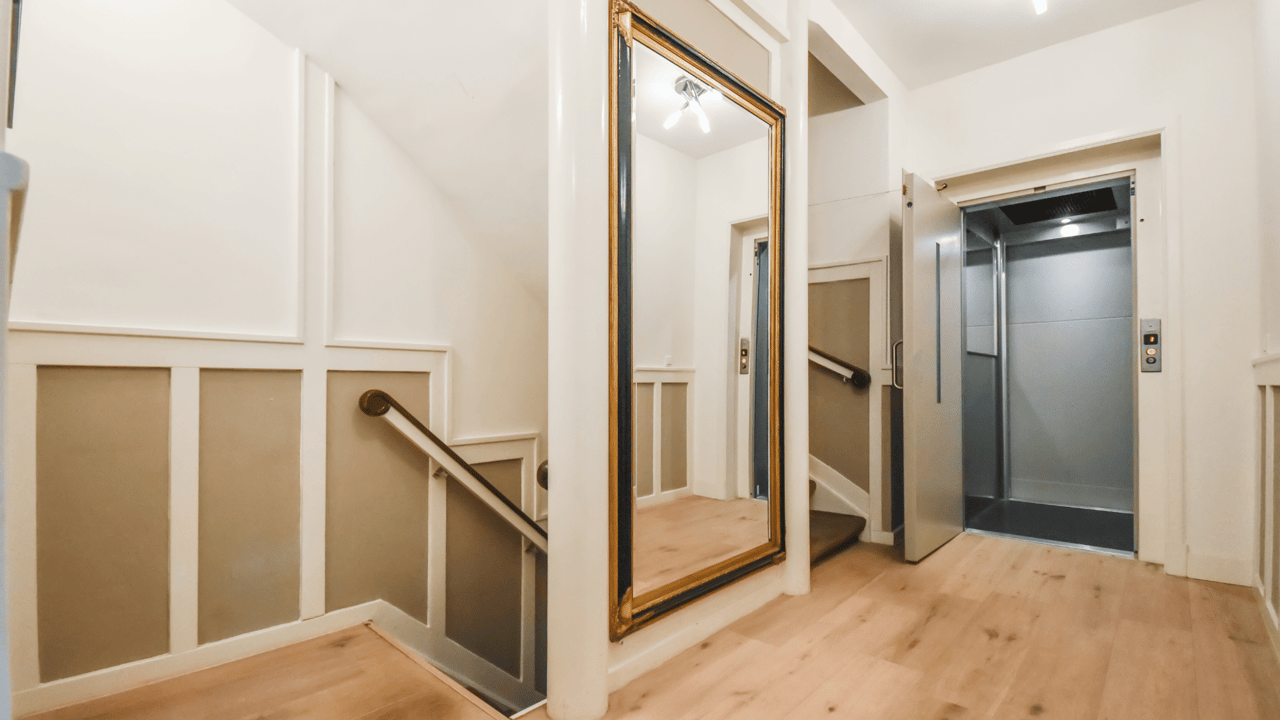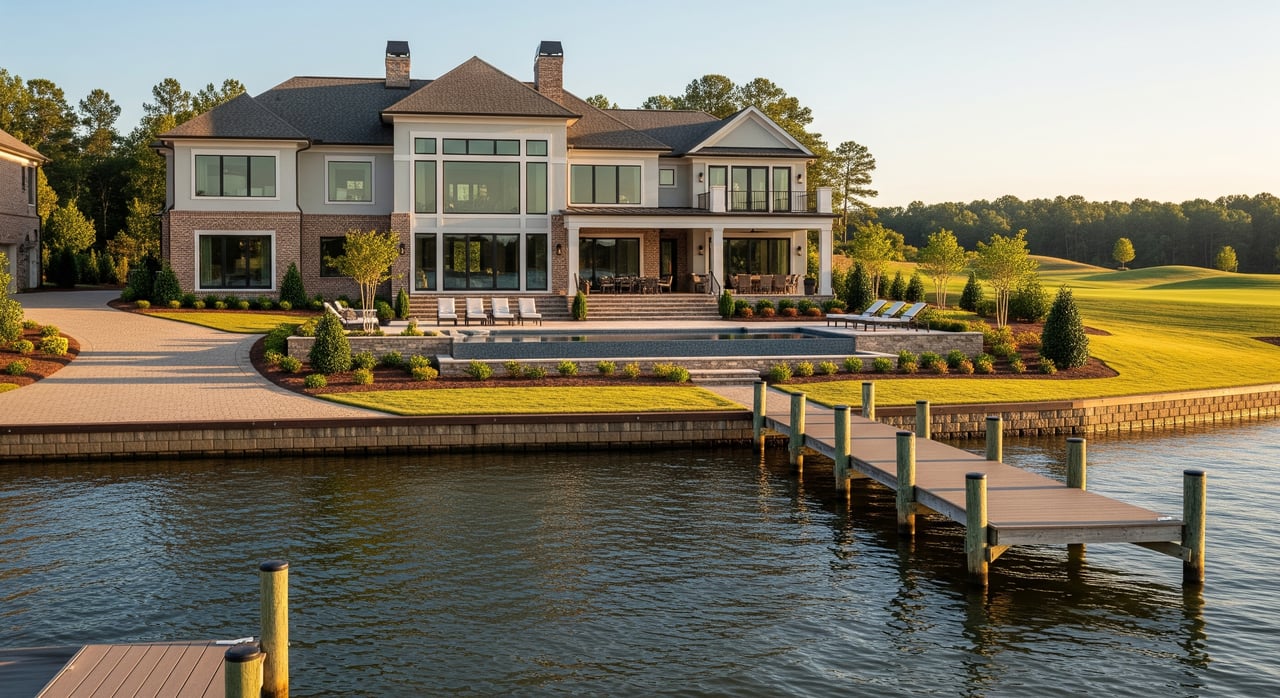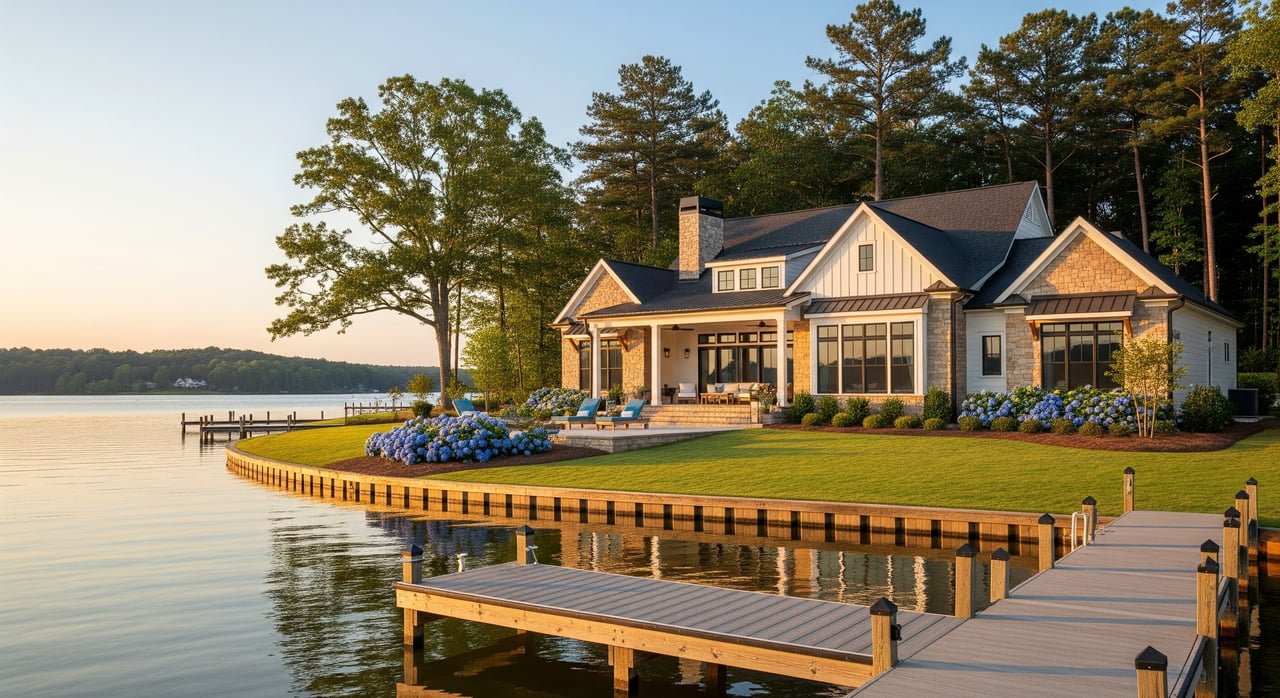Aging is a natural and inevitable part of life, and as our loved ones grow older, their safety and well-being become paramount concerns. Adapting living spaces to meet the unique needs and challenges of aging adults is an essential endeavor. In this post, we will delve into the numerous benefits of making a home safe and accessible for aging adults, highlighting how thoughtful adjustments can enhance their quality of life and provide peace of mind for both them and their families. Join us on this informative journey as we unveil the significance of a safe home environment for aging adults.
What are Home Safety Risks for Aging Adults?
As individuals age, the once-familiar contours of their homes can transform into potential hazards. What was once a simple flight of stairs or a slightly uneven floor can pose a significant risk to an older adult's safety and well-being. Common household features such as slippery surfaces, inadequate lighting, cluttered spaces, and poorly designed bathrooms can become treacherous obstacles.
Reduced mobility, decreased vision, and diminished balance that often come with aging can amplify these risks. Accidental falls, burns, electrical mishaps, and difficulties with everyday tasks like reaching high cabinets or managing a flight of stairs can result in severe injuries, compromising their independence and overall health. Understanding and mitigating these risks through home modifications and safety measures are crucial steps in creating an environment where aging adults can thrive safely.
Home Safety for Aging Adults Checklist
Ensuring a safe and comfortable living environment for seniors involves considering various aspects of their daily lives and potential challenges they may face due to aging. Here's a comprehensive checklist to help create a safe home for seniors:
1. Flooring:
- Remove loose rugs or secure them firmly to the floor.
- Opt for non-slip flooring or use non-slip mats and rugs.
2. Lighting:
- Ensure adequate lighting in all areas, especially hallways, stairs, and bathrooms.
- Use nightlights in hallways and bedrooms to prevent falls during nighttime.
3. Bathroom:
- Install grab bars near the toilet and in the shower or tub.
- Use a shower chair or bench for added stability during bathing.
- Place non-slip mats or strips in the shower or bathtub.
- Set the water heater to a safe temperature to prevent scalding.
4. Kitchen:
- Organize commonly used items within easy reach.
- Use appliances with easy-to-read controls and automatic shut-off features.
- Ensure a clear pathway for moving around the kitchen.
5. Bedroom:
- Position the bed for easy access and make sure it is at an appropriate height.
- Install bed rails if needed for assistance with getting in and out of bed.
6. Living Room:
- Arrange furniture to allow for clear pathways.
- Ensure that seating is stable and at an appropriate height for easy sitting and standing.
7. Stairs:
- Install handrails on both sides of the staircase for support.
- Consider installing a stair lift if mobility is a concern.
8. Doorways:
- Ensure that doorways are wide enough for a walker or wheelchair to pass through comfortably.
9. Medication Management:
- Establish a system to organize and manage medications, such as a pill dispenser.
- Consider using reminder apps or devices to prompt medication schedules.
10. Emergency Response:
- Provide easy access to a phone with emergency numbers programmed.
- Consider a personal emergency response system (PERS) for immediate assistance.
11. Electrical Safety:
- Check and update electrical systems regularly to prevent hazards.
- Avoid using extension cords and ensure all outlets are in good condition.
12. General Home Safety:
- Remove clutter and ensure clear pathways throughout the home.
- Keep a fire extinguisher in the kitchen and other key areas of the home.
- Install smoke detectors and carbon monoxide detectors, ensuring they are functioning correctly.
13. Outdoor Safety:
- Maintain pathways and driveways to prevent tripping hazards.
- Install handrails or grab bars near outdoor steps.
- Ensure proper lighting in outdoor areas, including entrances.
Regular evaluations and adjustments to the home environment as needed will help maintain a safe and secure living space for seniors. Consulting with a healthcare professional or occupational therapist can provide valuable insights into tailoring the home to the specific needs of an aging adult.
How Can I Protect My Home as I Age?
Protecting your home as you age involves taking proactive measures to create a safe and comfortable living environment that supports your changing needs and abilities. Here are some essential steps to protect your home as you age:
1. Conduct a Home Safety Assessment:
- Evaluate your home's layout and identify potential hazards or areas that may need modification to improve safety.
2. Install Safety Features:
- Install grab bars and handrails in bathrooms, stairways, and other areas prone to slips and falls.
- Ensure proper lighting throughout the house, especially in hallways, staircases, and entrances.
3. Declutter and Organize:
- Remove unnecessary items and clutter that could obstruct pathways and create hazards.
- Organize your belongings to make them easily accessible and prevent tripping over objects.
4. Create an Accessible Bathroom:
- Install a walk-in shower or a tub with a low threshold for easy access.
- Use non-slip mats and adhesive strips in the shower or bathtub to prevent falls.
5. Adapt the Kitchen:
- Lower countertops and provide space for seated meal preparation.
- Opt for appliances with easy-to-read controls and automatic shut-off features.
6. Modify Bedroom for Comfort:
- Choose a bed at a comfortable height for easy entry and exit.
- Use appropriate mattresses and pillows to ensure a good night's sleep.
7. Consider Home Automation:
- Use smart home technology for remote control of lights, thermostats, and security systems.
- Invest in voice-activated devices for easier management of household tasks.
8. Secure Flooring:
- Replace slippery or uneven flooring with non-slip surfaces.
- Remove or secure rugs to prevent tripping.
9. Address Stair Safety:
- Install handrails on both sides of the staircase.
- Consider adding a stair lift or a ramp for easy mobility if needed.
10. Maintain Regular Home Maintenance:
- Stay on top of home repairs and maintenance to prevent potential safety hazards.
- Have heating, ventilation, and air conditioning (HVAC) systems serviced regularly.
11. Emergency Preparedness:
- Develop an emergency plan and ensure all family members are aware of it.
- Keep emergency supplies like flashlights, batteries, first-aid kits, and important documents readily accessible.
12. Stay Active and Healthy:
- Engage in regular physical activity to maintain strength and flexibility.
- Eat a balanced diet and stay hydrated to support overall health and well-being.
13. Stay Connected:
- Maintain regular communication with friends and family to prevent isolation and loneliness.
- Consider joining local senior centers or social groups to stay engaged with the community.
By proactively making modifications and creating a safe living space, you can ensure a secure and comfortable environment that promotes independent living as you age. Consulting with professionals, such as occupational therapists or home safety experts, can provide valuable guidance and recommendations for making your home age-friendly.
For more information about how to make your home safer as an aging adult, visit Caring.com's comprehensive Home Remodeling Guide for Seniors with Disabilities




